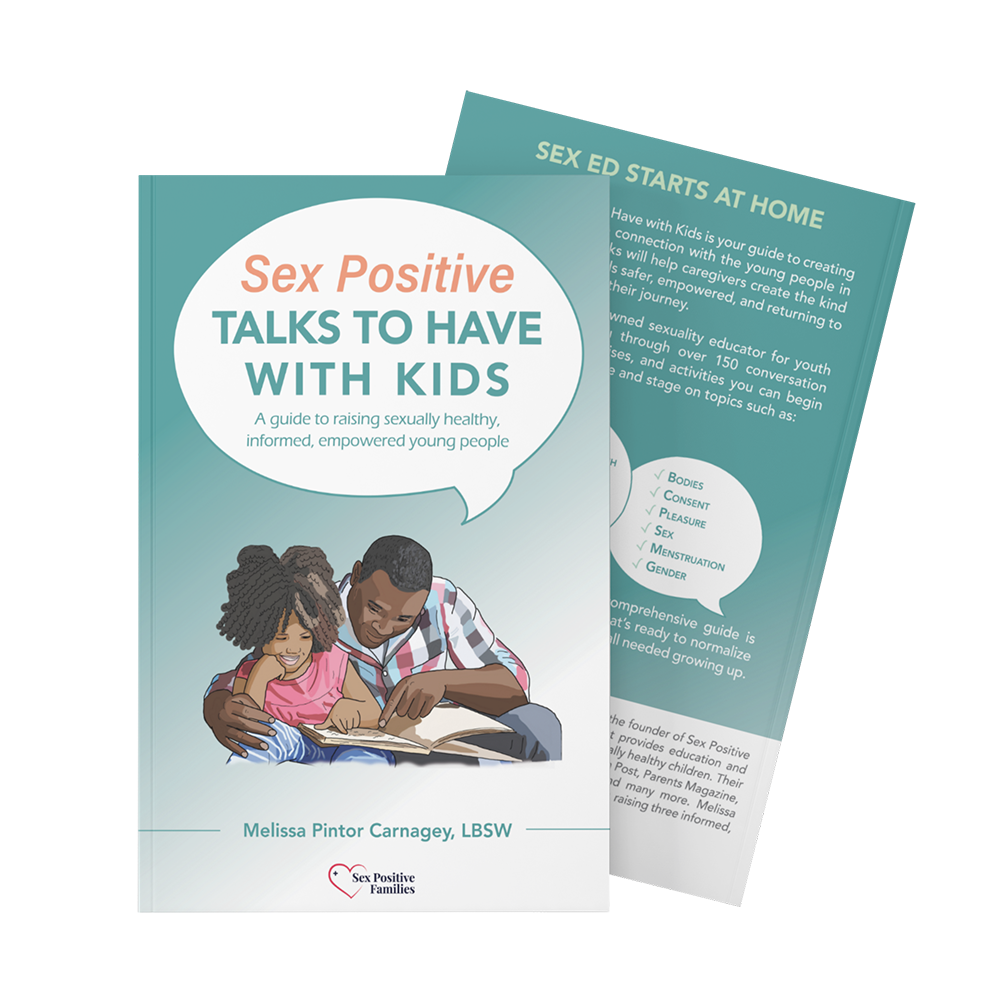-By Guest Blogger: Courtney Harris of Courtney Harris Coaching–
Uh oh, did this title cause you to tense up a bit in your chest? Did your shoulders creep up towards your ears? And… did you have a strong desire to keep reading?
You are not alone.
Checking In With Your Fears and Expectations
This is a tough topic! Parents often share that it is difficult to find the balance between being overly protective and lackadaisical when it comes to responding to their teen’s romantic lives. They are worried sick about the harm their child might face.
There is actual data that may elevate fear– abuse, pregnancy, and STDs– but open, honest, and supportive dialogue can help you get out of fear and into trust.
Stop. Breathe. Feel.
Notice and name what has come up for you. As you begin to consider the idea of your teen’s romantic and intimate life, notice the fears, expectations, and even voids that come up. Keep breathing.
The Power of Boundaries
In this article, part of my “Talking to Teenagers” series, I use BOUNDARIES as the focal point. I like to think about boundaries as a safe container for oneself– emotionally, physically, psychically and so on. Another metaphor I have heard is that boundaries are like the banks of a river; they meander and change, but they hold the flowing water.
I invite you to create open, honest dialogue with your teens and tweens about their romantic lives. Consider using boundaries as a point of entry. Please know that you might receive a shoulder shrug in response to your efforts for the first several attempts, but keep gently engaging.

8 Ways to Talk to Teenagers About Boundaries and Romantic Relationships
- Help your teen observe emotions.Talk about the ways that everyone experiences emotions and sensations in body, mind, and spirit when we are with other people, or even when we are alone. There is great power in this deep self-awareness. It’s through emotional intelligence that teens will be able to determine their boundaries in relation to romantic interests and opportunities. For example, you might ask, “What is your experience like when you are with _____?” If the conversation feels safe and open, you can directly cue your teen to their senses: “How do you feel in your body when you are with _____” First, ask about family and friends first, and after the foundation is built, ask about love interests too. It’s helpful to use lists of sensations/emotions/feelings to aid this exploration.
- From the foundation of emotion, ask “What next?” Given the sensations or feelings your teens name, you might ask, “What do you think this means you need?” or “What do you think this means about the relationship?” This is where the boundaries and shaping of the river bed begin to come in. Do your best not to coach your child, but to let them take up space. Even if their answer isn’t your favorite, give them time to explore, figure out their preferences and needs, and take initiative in setting their own limits. Teach your teen to check in with their love interest and their emotions and sensations too; it’s important to explicitly address consent for both parties. (Please note: if there is danger or abuse involved, that is a time to intervene.)
- Discuss the philosophy “To Thine Own Self Be True.”Remind your teen to constantly check in with themselves. When their interest is peaked by a new crush, when they are asked on a date, when they decide they want to kiss someone, when they are asked to be someone’s partner, when they consider sexting someone, when they are asked to have sex, etc…. they will make the most empowered choice when they pause to ask, “What do I really need and want?” Acknowledging sensations and getting in touch with their inner voice is a strong defense against external pressure. Plainly talking about the importance of feeling safe, secure, peaceful, and trusting (self and other) in a relationship builds healthy boundaries as well. Are there experiences you can share with your child? What did you need in these relationships, and what actions did you take in response? Your teen will also come to realize that their romantic partner also has to be true to themselves, so keep that as part of the dialogue too.

- Always keep your child’s WHOLE life a part of the conversation. Because the teenage brain is so impressionable, they can become overly enthusiastic about a new love interest. It’s helpful to give your child perspective, to remind them of everything they hold near and dear– their futures, their friends, their academics, their extracurriculars, etc.– while not minimizing the intensity of their feelings. Consider using heart maps (e-mail me for this activity) as a foundation for this dialogue about the many important parts of their identity.
- Encourage curiosity about what a quality romantic relationship looks like, sounds like, and feels like.Whether or not your child is in a relationship or has a love interest, invite them to explore what a safe, healthy, comfortable, and fun relationship would be like for them. This can also be done with friendship, too! Curiosity is powerful; imagining possibility is freeing and helps teens name their needs, desires, and boundaries. This is also an opportunity to normalize the imperfect nature of relationships (i.e. it’s not always love-at-first-sight, relationships can come and go, conflicts or disagreements are normal– within reason). Click here for a free chart to anchor this conversation!
- Normalize direct communication.Through each of these steps, you are in conversation with your teen. Likewise, they need to be in conversation with their love interest, constantly checking in with boundaries. For example, when conflicts or disagreements come up, it’s your teen’s right to communicate: “My feelings were hurt when you______. I need you to ______.” Likewise, they may need to check in with their interest, “Are your needs being met? Are you feeling safe?”
- Educate about safe and consensual sex and sexual intimacy.If or when your teen is considering sex, it’s important that they are well aware of their options. This means the option to say yes or no, to change their mind, and to choose safer sex. You might begin by asking your teen, “What does safer sex mean to you?” This might be followed up with a question about their knowledge of safety options: “What methods of birth control and contraception are you aware of?” Your teen may feel shy or embarrassed, and you might too, because this is a learning curve and a big, meaningful time in development. Keep breathing; again, you are not alone. Additionally, you might use an article about safer sex or a video to help you stay focused and to take some of the pressure off both of you. These are points that I recommend addressing with your teen overtime: types of contraceptives, how to use contraceptives and/or condoms, and how to discuss safer sex with intimate partners, and, again, consent.

- Share information and offer support in the case of abuse.Share trusted resources for support with your child. Let them know that in addition to talking to you, they can go to resources you have explored and feel comfortable with. Also, be willing to research resources together; this will increase your teen’s engagement, as well as eliminate a power dynamic of parent as expert, teen as novice. Be direct in naming the range of abusive behaviors that are red flags. These are where firm boundaries should be drawn, and it’s helpful to be direct, yet open, when approaching these topics.
Remember, a shoulder shrug today, might be an open conversation tomorrow, so keep showing your teen that you accept and receive them. This topic may be tough, but so is your love for your teen! Remember, this conversation shouldn’t be checked off your list after one challenging dinner conversation. This is a process, so offer yourself and your teen time to process. <3
More About the Author, Courtney Harris

As a Life Coach for Teens and Parents, Courtney supports tweens, teens, and young adults in finding their voice, growing confidence, and thriving. Through 1:1 and small group coaching sessions, teens and tweens are able to overcome anxiety, disconnect, and isolation as they explore their truest sense of self and develop a deep sense of empowerment. Courtney supports parents in practicing self-care, growing alongside their children, and developing balanced sensitivity towards the process their rapidly-changing child is creating. Through Intentional Parents of Tweens and Teens, an online membership for parents of adolescents, Courtney offers parents the time and space to learn, grow, problem-solve, and relate to one another in a supportive community. Sessions with Courtney lovingly guide families in developing the trust, communication, and connection that’s crucial for a life of ease.
Follow Courtney on Facebook, Instagram and visit her website to connect and learn more about her services for families

Sex Positive Talks to Have With Kids is the bestselling guide to creating an open, shame-free connection with the young people in your world.
It’s an inclusive, medically accurate, and comprehensive resource that walks you through over 150 conversation starters, reflection exercises, and activities you can begin implementing at every age and stage to normalize sexual health talks and become the trusted adult we all needed growing up.
